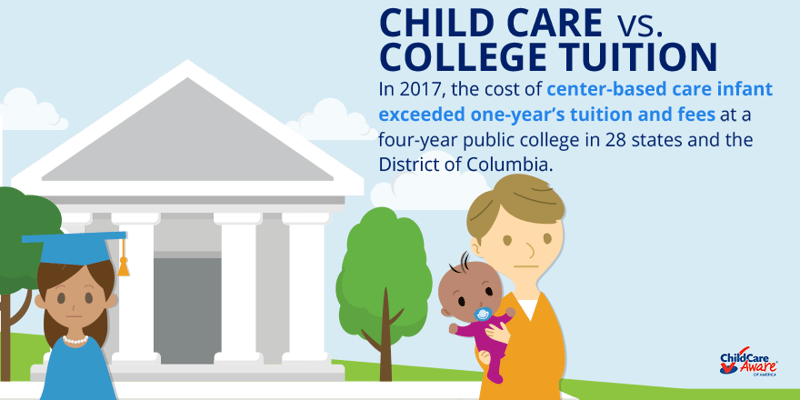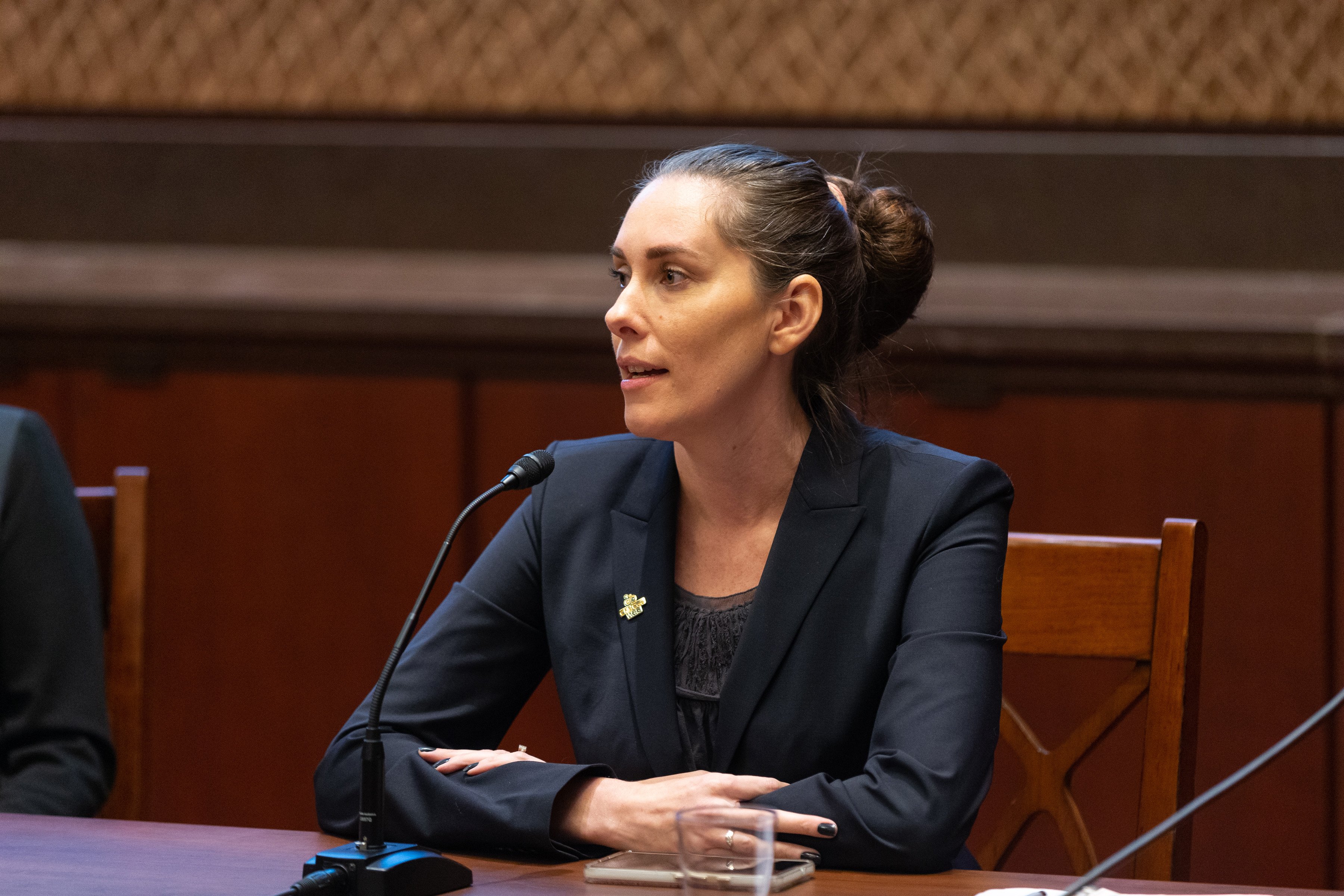
Every single day in the United States families are faced with not having affordable child care. One of the highlights of our 2018 report, The US and the High Cost of Child Care, is the regional examination that takes a critical look at this issue of equity in child care.
At Child Care Aware® of America, we believe all families should have access to affordable, high-quality child care. Access to quality child care and early learning environments for infants and toddlers is crucial, and affordability is the key for many families struggling to find care. Child care could be one of the great equalizers in our society if it was universally accessible and done to high standards.
The benefits of affordable child care are not just for the parents who will be able to stay in the workforce, or for the benefit of local and national economy. Research shows that children in high-quality early learning environments have better educational, developmental and health outcomes than their peers who haven’t had similar access. Quality child care is a critical component in helping our most vulnerable children get a good start in life.
Two communities in contrast
Let’s take a closer look at the data from within in a single state to see how families are impacted. Baltimore City vs. Baltimore County are two bordering localities that differ in terms of demographics and income in Maryland.
|
|
Baltimore City |
Baltimore County |
|
Family Median Income |
$89,764 |
$109,010 |
|
Average Infant Center-Based Child Care Cost |
$14,381 |
$12,979 |
|
Percentage of Median Income Spent on Center-Based Infant Care |
14.5% |
13.2% |
Baltimore County boasts a population mainly comprised of people who commute into the city for work, with no zip codes hosting a majority of people below 185 percent of the federal poverty line. Baltimore City, however, has many areas where the majority of the zip codes live below 185 percent of the federal poverty level. We worked in partnership with the Maryland Family Network in using GIS mapping to dig deeper into disparities in child care affordability in both localities. Though child care was found to be “unaffordable” in both locales, many of the residents paying a larger share of their incomes were not only already making less money in Baltimore city, but they were also more likely to be people of color.
Disparate outcomes
Baltimore City residents also have larger disparities in health outcomes than their suburban neighbors including higher obesity rates, greater hunger and lower access to healthy foods, and fewer safe outside spaces due to violent crime. Quality child care programs are critically important in communities like Baltimore city in helping to combat these disparities. While quality child care is one of many ways to combat inequitable outcomes, it can offer children safe spaces to play and grow, access to federally funded food programs when needed, and opportunities to learn healthy habits and activities that carry into adulthood.
What can CCR&Rs do?
As a CCR&R professional, you can help be a part of the solution. Here are some actions that you can take to help raise awareness and get Congress to invest in crucial child care funding structures.
- Share The US and the High Cost of Child Care report on social media using #ChildCareandUs. Share the impact of this issue on whichever platforms you use the most. Let your followers know about this national issue and ask them do these simple actions.
- Contact your local, state and national lawmakers. Ask them to make child care a priority by investing in systems, like CCR&Rs, that support working families and support provider outreach and retention.
- Host a Facebook Live for your local parents. Share relevant data from the report. Let families know that they are not alone in their struggle to pay for quality child care. Also, provide a list of resources and websites they may find helpful.
- Host a webinar for your local providers and partners. Share the report and call out the information relevant to your state. Brainstorm ways to draw attention to this issue in your community.
- Take the Child Care Works pledge to receive digital action alerts. Get the latest policy news and advocacy tips to help make affordable, accessible, and high-quality child care a reality.
- Add your own action items. What else can you do to give Americans a fully funded, high-quality child care system?
Thanks for all you do to support children and families. Without your help we wouldn’t have any of the recent gains we’ve made in Congress over the last few years.







